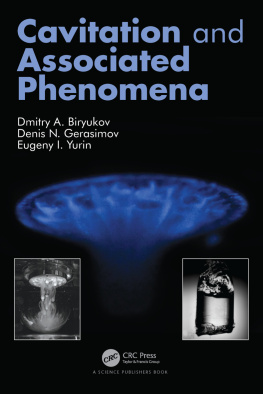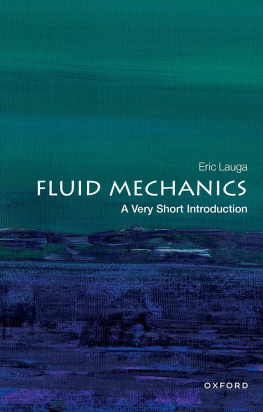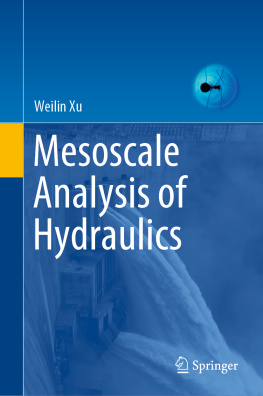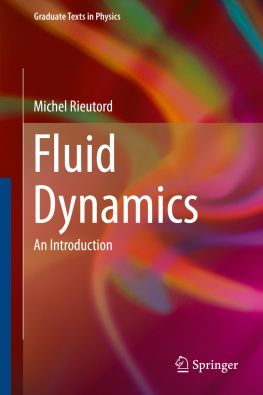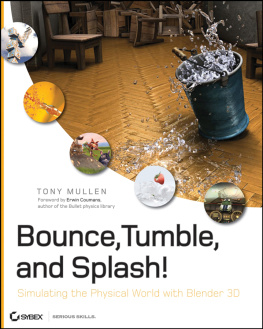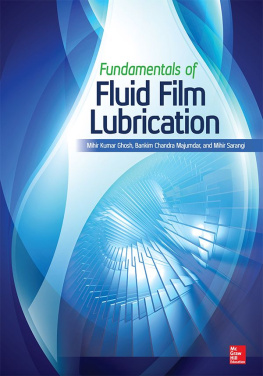
Cavitation and Associated Phenomena
Dmitry A. Biryukov
Thermophysics Dept.
Moscow Power Engineering Institute
Moscow, Russian Federation
Denis N. Gerasimov
Thermophysics Dept.
Moscow Power Engineering Institute
Moscow, Russian Federation
Eugeny I. Yutin
Thermophysics Dept.
Moscow Power Engineering Institute
Moscow, Russian Federation
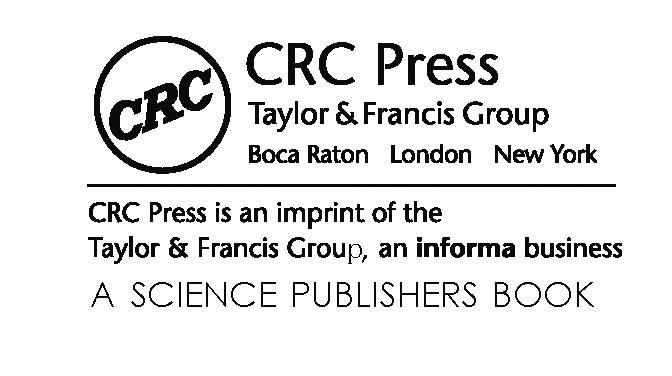
Cover credit: Cover illustrations reproduced by kind courtesy of the authors.
First edition published 2022
by CRC Press
6000 Broken Sound Parkway NW, Suite 300, Boca Raton, FL 33487-2742
and by CRC Press
2 Park Square, Milton Park, Abingdon, Oxon, OX14 4RN
2022 Taylor & Francis Group, LLC
CRC Press is an imprint of Taylor & Francis Group, LLC
Reasonable efforts have been made to publish reliable data and information, but the author and publisher cannot assume responsibility for the validity of all materials or the consequences of their use. The authors and publishers have attempted to trace the copyright holders of all material reproduced in this publication and apologize to copyright holders if permission to publish in this form has not been obtained. If any copyright material has not been acknowledged please write and let us know so we may rectify in any future reprint.
Except as permitted under U.S. Copyright Law, no part of this book may be reprinted, reproduced, transmitted, or utilized in any form by any electronic, mechanical, or other means, now known or hereafter invented, including photocopying, microfilming, and recording, or in any information storage or retrieval system, without written permission from the publishers.
For permission to photocopy or use material electronically from this work, access
Trademark notice: Product or corporate names may be trademarks or registered trademarks and are used only for identification and explanation without intent to infringe.
ISBN: 978-0-367-42528-9 (hbk)
ISBN: 978-1-032-24384-9 (pbk)
ISBN: 978-0-367-85349-5 (ebk)
DOI: 10.1201/9780367853495
Typeset in Times New Roman
by Radiant Productions
Preface
Almost every physics book begins from a statement similar to this phenomenon is a common thing in nature. Cavitation is a slightly different matter: actually, this is rather a technological derivative than a natural phenomenon. Of course, it is possible to observe cavitation in natural intense flows; however, the appearance of cavitation can be expected rather in technological devices, e.g., in pumps.
Thus, the statement that cavitation has artificial nature as a rule is not too ambiguous. It is a child of technology, and we may say that it is a dangerous child. While scientists try to investigate cavitation, engineers try to avoid italmost everywhere, except for some special cases also discussed in this book. Mainly, this book is aimed at the first group: this is a story about the nature of cavitation, not about the technical applications, exactly, technical misapplications of cavitation.
As for the physical description of cavitation, this is quite a usual story: the overall characteristics of this phenomenon are well-understood; however, the description of almost every detail meets serious problems. Not to venture too far from the technical side of things: we know that cavitation contains studies on void cavern collapses; thus, it is clear that these collapses lead to damages of solid surfaces nearby. Thats rightoh, thats right! But can we describe the exact mechanisms of the destruction? From this point onward, we have divarication many ways to destroy a solid surface with collapsing voids can be proposed. For instance, there are theories stating that enormously high temperatures can be reached in a collapsing bubble; if so, one may see the traces of thermal destruction of the surface. Does this phenomenon take place? We will discuss it in this book. The physics of cavitation is a much more complicated subject than a brief analysis of the most distinct sides of it.
From your student days, you probably remember that in general physical courses cavitation is much more frequently mentioned than discussed or studied systematically. Short questions met simple answers, but here simplicity does not seem to be a perfect thing. Why we see a two-phase flow here, without any heating?Oh, thats because of cavitation. What was the cause of the damage to that screw?Cavitation, obviously. What happened to that turbine?A sudden cavitation... Then, what is cavitation? Many books were written to answer this question, and many books will be written in the future.
Bubbles can grow in a boiling liquid due to heating, but they may do the same during cavitation because of a drop in pressure. The physics of this process seems to be similar to boiling only at first glance, and the theoretical description of cavitation is quite different indeed. Cavitation occurs in special conditions: at low or even initially negative pressures, at very short time scales and/or on very small spatial scales. Studying cavitation, it is useful to remember about physical limitations of well-known physical laws; we can easily oversee the boundary of their corrections. The simplest example at the initial stage of cavitation, the size of a cavitating bubble may be less than (or comparable to) a mean-free path of a molecule of gas; thus, any macroscopic description of the gas phase is ruined.
The next interesting feature of cavitation: it is a multi-faceted phenomenon. It shows an expert its different sides and any of its projections looks pretty complete. Moreover, any of these sides may take away the experts whole life, because of the complexity of every such projection. However, this does not mean that this projection gives a complete set of information about cavitation as a whole.
We discuss this matter and its consequences later, but initially here we have to answer the initial questions that must arise from every reader.
Cavitation is an old phenomenon, and many books were written about it to date. So, the first question that must be answered: what is the point of writing a new book devoted to cavitation? Isnt there enough yet?
Our book is devoted to special problems concerning cavitation, it combines classical elements of the science of cavitation and also some special topics that are related to cavitation, such as electrization, light emission, etc. Actually, we think that special topics are the main ones in this book; however, they cannot be suspended in a vacuum. Ad exemplum: in order to consider electrization and light emission from a bubble, we have to deliberate the basic problems of bubble dynamics during acoustic cavitation. Generally, to bundle the themes altogether, we need a consistent uniform explanation of all the problems concerning cavitation, from the very beginning. We cannot refer to other books all the time; this way is inconvenient for readers and confusing for authors. The next important question is: for whom is this book written?
This book is aimed at all researches, technicians and students who are interested in cavitation. This is not a textbook in a strict meaning of this term: it does not contain special exercises, homework assignments, etc. However, we believe that the systematic description presented in this book makes it useful for everyone who possesses the basic knowledge of physics or engineering. Any university course on general physics is enough to understand the material of this book; for sure, we include appendixes with the basic information from thermo- and hydrodynamics.
Next page
